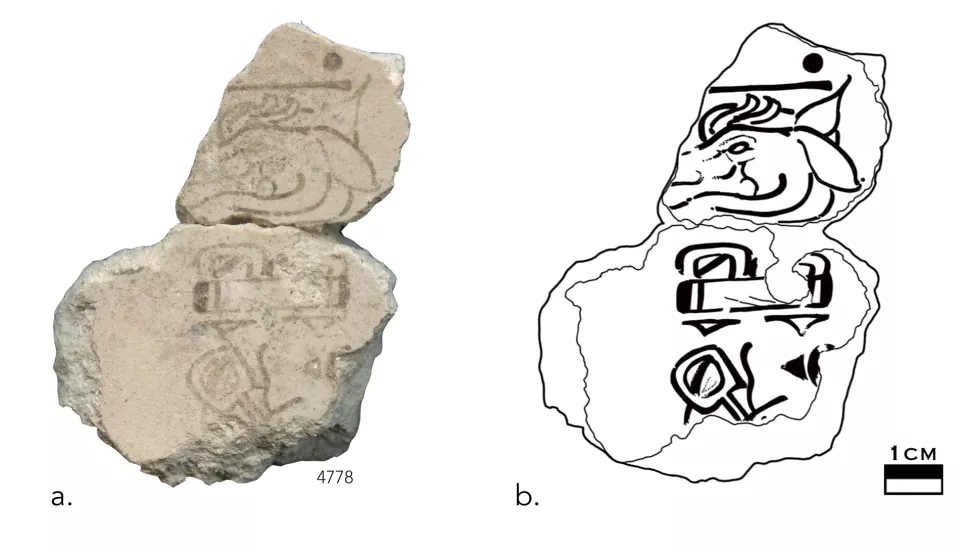In Guatemala, archaeologists have discovered the oldest recorded evidence of the Mayan calendar: two fragments of wall paintings. When assembled, these reveal a notation known as “7 stags”. Details of the study are published in the journal Science Advances.
Four Mayan Calendars
The Maya had four calendars. One is the sacred divination calendar or Tzolk’in. This calendar has 260 days made up of a combination of thirteen digits and twenty days, each with different signs. It is not precisely known why the Maya chose 260 days for this cycle. One of the ideas put forward suggests that there could be a link to the gestation time of a human fetus, although the account is not really there. Note that these 260 days do not constitute a year. Instead, imagine a cycle comparable to the seven-day week. Today, this Tzolk’in calendar is primarily used for ceremonial record keeping.
The Haab’ is a second reference. This is a solar calendar that lasts 365 days, but does not take into account a leap year. Finally, the Maya also referred to a lunar calendar and the “Long Count” calendar which follows the main time cycles. The latter had made a lot of noise when some people thought (wrongly) that he was predicting the end of the world in 2012.
Two new fragments
A Guatemalan team announces that it has discovered two new fragments of fresco referring to the Tzolk’in calendar (that of 260 days). When assembled, they reveal a notation known as “7 deer”. Both were isolated on the archaeological site of San Bartolonortheast of the ancient Mayan city of Tikal, in one of the remote jungles of northern Guatemala.
The site is famous for its wall paintings dating from the Late Preclassic period (400 BC to 200 AD) drawn in a complex known as Las Pinturas. For hundreds of years, the Maya continually built larger and larger structures in place of ancient complexes. Thus, in this configuration, the visible paintings are more recent, while those hidden in the interior layers are older.
Over the past few years, researchers have discovered around 7,000 fragments of various wall paintings. More recently, they analyzed eleven discovered between 2002 and 2012, including the two pieces forming the rating “7 deer”. This includes a glyph (or image) of a deer below the Maya symbol for the number seven (a horizontal line with two dots on it).
Earliest evidence of Maya calendar notation
The researchers also collected ancient organic materials, such as charcoal from the layer where the fragments of wall paintings were discovered, so that they could be dated. According to radiocarbon dating, these two fragments date from between 300 BC AD and 200 BC. J.-C..
This date suggests that this calendar, which was also used by other pre-Columbian cultures in Mesoamerica such as the Aztecs, has been in continuous use since at least 2,300 years old. If we take into account the four types of calendars, this “7 deer” notation appears today as oldest proof of calendar notation known from the Maya region.
We want to give thanks to the writer of this write-up for this outstanding material
Oldest evidence of Maya divination calendar discovered
You can find our social media profiles here , as well as other related pages herehttps://nimblespirit.com/related-pages/

